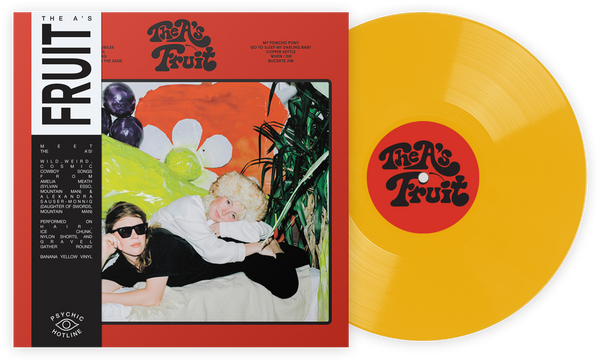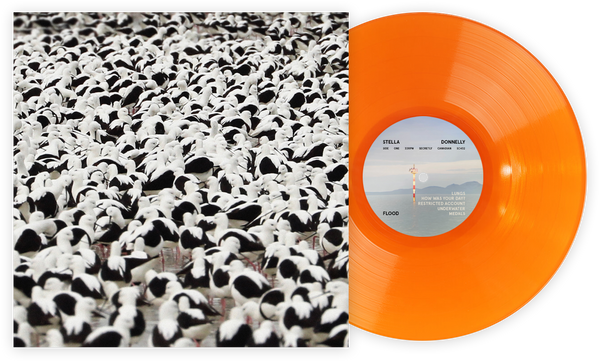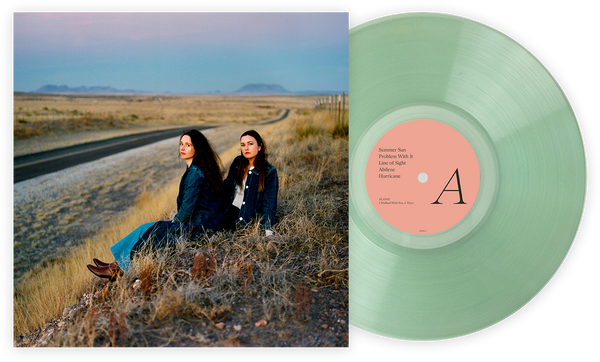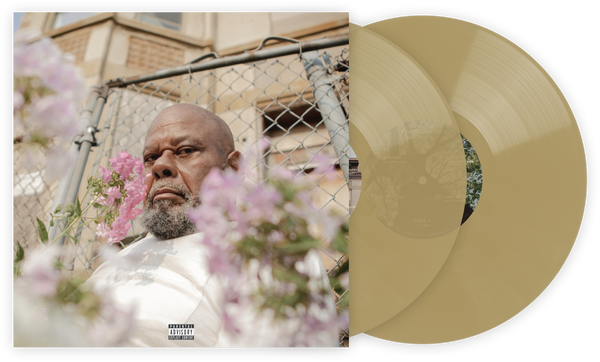Ingat ketika Santana membuat jazz-rock yang luar biasa
A Primer On The Guitarist’s Wild 1972-’74 Albums
Guitarist Carlos Santana, born in Jalisco, Mexico, but raised in Tijuana and later San Francisco, broke out in 1969, when his band—originally called the Santana Blues Band—played the Woodstock Music & Arts Festival before their debut album had even been released. Their fusion of Latin rhythms, powerful blues-rock riffing and progressive guitar-keyboard jams quickly made them a massive live draw, and their first three albums (a self-titled debut, 1970’s Abraxas—which featured the hits “Oye Como Va” and “Black Magic Woman”—and 1971’s Santana III) all sold extremely well, with the latter two both hitting No. 1 on the Billboard charts.
By that time, though, the band had already been through multiple lineup changes, and Santana’s personal interest in jazz, particularly the fusion experiments of Miles Davis and the spiritual explorations of John Coltrane and Pharoah Sanders, was pointing him in a new musical direction. The fourth Santana album, 1972’s Caravanserai, inaugurated an entirely new era of his career, one that would take him in radical and unexpected directions over the course of the next three years.
Caravanserai literally begins with the sound of crickets. This deliberate quiet is about as far from the blaring Latin rock of the first three albums as it’s possible to get. Santana himself doesn’t even play on the first track, “Eternal Caravan of Reincarnation”; it’s a spacy jazz piece reminiscent of Pharoah Sanders’ “Astral Traveling.” All but three of Caravanserai’s songs are instrumentals, and the nine-minute album closer, “Every Step of the Way,” features an orchestral arrangement by jazz trumpeter Tom Harrell. Columbia Records did what they could to promote the record, sending one of the few vocal numbers, “Just In Time to See the Sun,” to radio, but it wasn’t a hit.
Santana’s spiritual journey only grew deeper and more introspective from there. He became fascinated by the music of fellow guitarist John McLaughlin and his band, the Mahavishnu Orchestra, and when the two men met, McLaughlin introduced Santana to the teachings of Indian guru Sri Chinmoy.
In his autobiography, The Universal Tone, Santana writes, “That last week of October [1972], John and Eve [McLaughlin] took Deborah [King, his wife from 1973 to 2007] and me to meet their guru for the first time… the inner voice said, ‘You are a seed. A seed needs sun, water and soil. Together you will be able to grow and give divine fruit to humanity’… By the time I opened my eyes, I knew Sri’s teaching was meant to be my path. Sri could see that, too. There was no contract to sign or handshake or anything like that. There was no official welcome—just Sri standing in front of me, smiling and saying, ‘I take you; I accept you. If you want, I take you as my disciple. But you’ve got to cut your hair and shave your beard.’”
Santana did so, adopting a short hairstyle not unlike McLaughlin’s own and an all-white wardrobe. Chinmoy gave him the Sanskrit name “Devadip,” which he began using on his solo album covers (and which he asked his crew to address him by on tour).
In June and July of 1973, the Santana band went on tour, playing shows in Asia, Australia and New Zealand, and on June 22, 1973, he released the album Love Devotion Surrender. It was a collaboration with McLaughlin, and its title came from a Chinmoy poem.
In addition to Santana and McLaughlin, Love Devotion Surrender featured Larry Young on piano and organ; Jan Hammer of Mahavishnu Orchestra on Hammond organ; Doug Rauch of the Santana band on bass; Billy Cobham of Mahavishnu and Michael Shrieve of Santana on drums; and Don Alias, Mingo Lewis and Armando Peraza on percussion. It included an interpretation of John Coltrane’s “A Love Supreme” (just the “Acknowledgement” section) and a twin-acoustic guitar version of the saxophonist’s piece “Naima,” from his 1959 album Giant Steps, as well as a sprawling take on the traditional hymn “Let Us Go Into the House of the Lord.” Two McLaughlin compositions, “The Life Divine” and “Meditation,” completed the album. “Naima” and “Meditation” aside, the music is loud and electric, with Santana and McLaughlin trading off screaming solos, drummers and percussionists going wild, and Young’s organ and Rauch’s bass gluing it all together.
That fall, Santana and McLaughlin embarked on a U.S. tour together; no official live recordings were ever released, though there are bootlegs floating around. Santana’s next release, November 1973’s Welcome, was a bridge between his spiritual side-trips and the band’s work. It opened with a version of “Going Home,” an Alice Coltrane composition from her 1972 release Lord Of Lords, which segued seamlessly into the song “Love, Devotion & Surrender.” McLaughlin plays on one track, the 11-minute “Flame-Sky,” and Brazilian vocalist Flora Purim sings on the jazzy “Yours is the Light.” The album concludes with its title track, another John Coltrane composition. Like Caravanserai, Welcome was a difficult album to promote; it featured no obvious hits, and plenty of screaming Latin-fusion instrumentals. There were no singles from it in the U.S., but a four-song, 33 1/3 RPM 7” EP was created for jukeboxes in South America, and the instrumental “Samba de Sausalito,” with “Yours is the Light” on the flip side, was released only in Colombia.
In 1974, Santana released three albums, the first of which was his single greatest artistic achievement during this entire period, and one of the greatest albums of the ’70s, period. Lotus, recorded during the band’s tour of Japan the previous year, came out in May. It was a triple LP with an astonishing fold-out cover depicting their tour plane, spiritual imagery and live photos sprawled across about a dozen panels. Musically, too, it was incredible; the band was in full Latin-jazz-rock fusion mode, performing only two songs with vocals (reworked versions of “Oye Como Va” and “Black Magic Woman”) during the set’s two-hour running time. Santana’s guitar playing was at its most unfettered, doing battle with Richard Kermode and Tom Coster’s keyboards as bassist Doug Rauch held the groove down and drummer Michael Shrieve and percussionists Armando Peraza and Jose “Chepito” Areas surrounded everything and everyone with endless surging waves of rhythm. It’s a breathtaking achievement, the kind of performance that leaves you with your jaw on the floor. Unfortunately, it was only available in Japan—or as an extremely expensive import—for years. It didn’t even come to CD until 1991.
In July 1974, he released Illuminations, a full-length collaboration with Alice Coltrane that opened with a benediction from Sri Chinmoy and featured a thoroughly jazz-steeped lineup of musicians that included two former Miles Davis sidemen, bassist Dave Holland and drummer Jack DeJohnette. Entirely instrumental, the album, which featured Indian instruments and strings alongside Coltrane’s harp, piano and Wurlitzer organ, Tom Coster’s keyboards, and Jules Broussard’s flute and soprano saxophone, represented Santana’s deepest journey into spiritual fusion. It’s quite beautiful at times, but likely alienated even more of his old fans.
Only a month later, Columbia tried to mitigate the damage he was doing to his career by issuing a Greatest Hits disc that included only tracks from the first three Santana albums. It’s sold over seven million copies.
Santana’s spiritual jazz-fusion era came to an end with his final release of 1974, October’s Borboletta. It opened with gentle nature sounds, like Caravanserai two years earlier, but “Life is Anew” featured soulful vocals from the band’s new lead singer, Leon Patillo. In fact, five of the album’s 12 tracks featured vocals, the most since his last true hit, 1971’s Santana III. Musically, it was still a fusion-oriented album, particularly on its second side: guests included Brazilian multi-instrumentalist Airto Moreira and his wife, singer Flora Purim; drummer Leon Ndugu Chancler, who’d played with Miles Davis; Herbie Hancock and Weather Report; and bassist Stanley Clarke. But it went gold in the U.S., signaling Santana’s return to commercial pursuits.
Beginning with 1976’s Amigos, his albums slowly climbed back up the charts. But Caravanserai, Love Devotion Surrender, Welcome, Illuminations, Borboletta and especially Lotus represent a creative and spiritual peak he’s never reached again.
Phil Freeman is a freelance writer whose work appears regularly in/on Bandcamp Daily, Down Beat, Stereogum, the Village Voice, The Wire and many other newspapers, magazines and websites. He runs the arts and culture site Burning Ambulance and hosts the Burning Ambulance podcast, featuring interviews with jazz musicians.
Bergabung dengan Klub!
Bergabunglah Sekarang, Mulai dari $44
Diskon eksklusif 15% untuk guru, mahasiswa, anggota militer, profesional kesehatan & petugas tanggap darurat - Dapatkan Verifikasi Sekarang!












